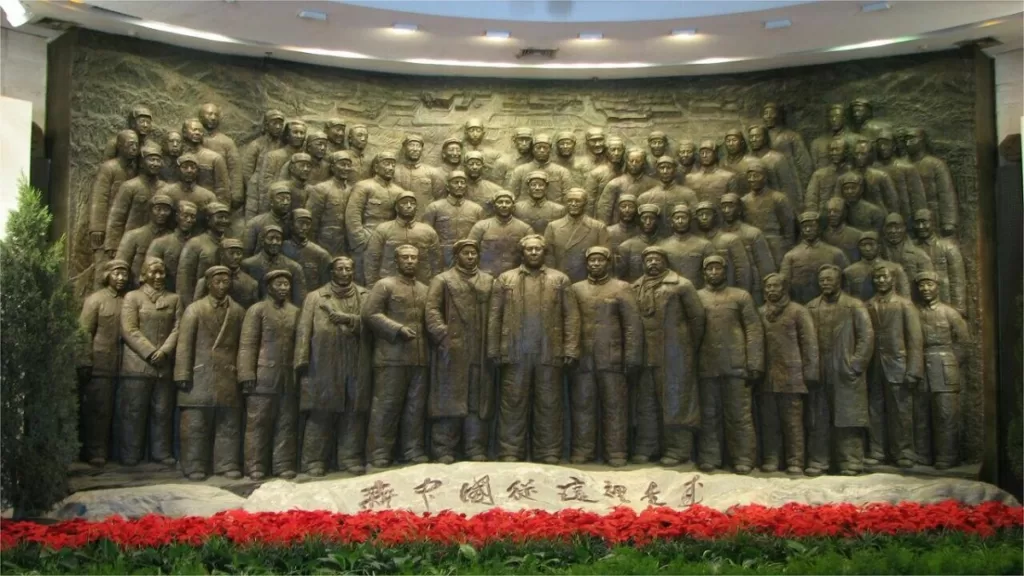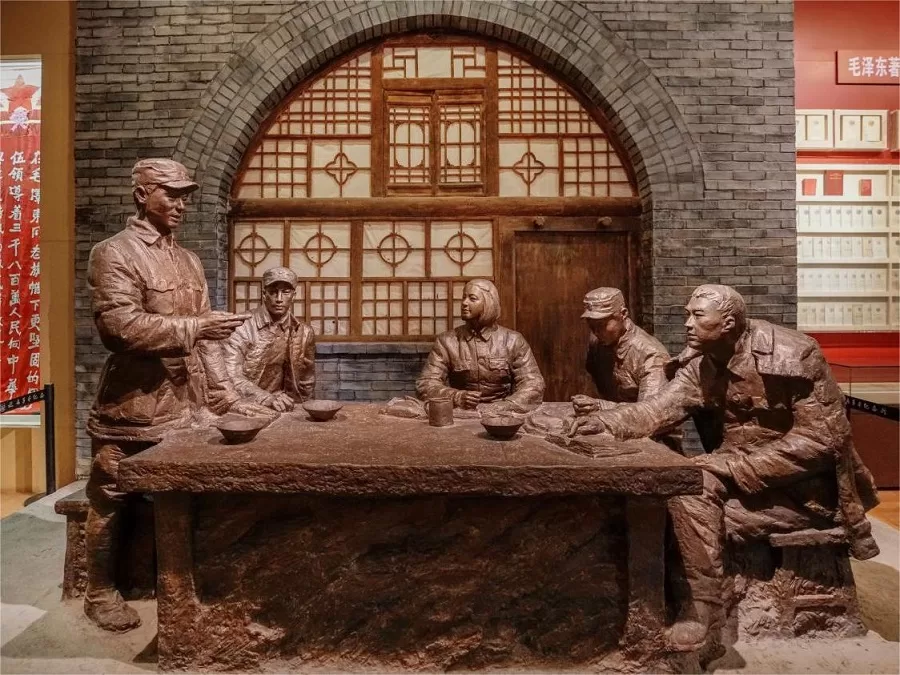西柏坡纪念馆 - 票价、开放时间、交通和亮点


The Xibaipo Memorial Museum (西柏坡纪念馆), located in the area that served as the headquarters for the Central Committee of the Communist Party of China (CPC), the CPC Central Military Commission, and the People’s Liberation Army during the Chinese Liberation War, opened its doors to the public on May 26, 1978. Covering an area of 13,400 square meters, the museum houses over 2,000 pieces of revolutionary artifacts, including 15 items of the highest historical significance among 8 categories.
Through a comprehensive display of relics, documents, photographs, and materials, the museum systematically portrays the revolutionary activities of the CPC Central Committee and its leaders during their time in Xibaipo. The basic exhibition areas of the Xibaipo Memorial Museum include the Former Site of the CPC Central Committee in Xibaipo, Xibaipo Exhibition Hall, Integrity Education Hall, National Security Education Hall, and Xibaipo Monument Forest, offering visitors a profound understanding of this crucial period in Chinese history.
目录
基本信息
| 网站 | https://xbpjng.cn/ |
| 预计游览时间 | 1 - 2 小时 |
| 票价 | 免费 |
| 开放时间 | 9.00 - 17.00;最后入场时间:16.30 周一关闭 |
| 电话号码 | 0086-0311-82851355 0086-0311-82851366 |
地点和交通
The Xibaipo Memorial Museum is located in Xibaipo Village, Xibaipo Town, Pingshan County, Shijiazhuang City, 河北省中国。您可以选择以下方式前往:
From Shijiazhuang:
- There are direct shuttle buses from Shijiazhuang City’s Keyun North Station to the Xibaipo Scenic Area.
- Alternatively, you can take the Pingshi Express (平石快客) from Shijiazhuang to Pingshan County Bus Station and then transfer to a local bus to Xibaipo.
Bus Schedule:
- Buses from Shijiazhuang Keyun North Station to Xibaipo run three times a day at 6:50 AM, 9:40 AM, and 2:00 PM.
HIghlights of Xibaipo Memorial Museum
Xibaipo Exhibition Hall

The Xibaipo Exhibition Hall’s central theme is “The Birth of New China from Here.” Organized around this theme and structured along a chronological timeline highlighting significant events, the exhibition hall comprises 12 rooms filled with a wealth of artifacts. These exhibits systematically depict the revolutionary activities of the CPC Central Committee and its leaders during their time in Xibaipo. From this humble village of Xibaipo, the exhibit illustrates how the Central Committee embarked on its journey to Beijing, ultimately becoming the ruling party, marking a pivotal turning point in the history of China’s Communist Party and the nation.
Former Site of the CPC Central Committee

The Former Site of the CPC Central Committee is a well-preserved historical site that includes the former residences of five major Party leaders – Mao Zedong, Liu Shaoqi, Zhu De, Zhou Enlai, and Ren Bishi. It also encompasses 13 other locations of historical significance, such as the venue for the Seventh Plenary Session of the Second Central Committee and the September Conference, as well as the Operations Room of the Military Commission. The site is adorned with a rich collection of artifacts, documents, photographs, and materials, offering a vivid portrayal of the CPC Central Committee’s last rural command post. It serves as a repository of the memories of the older generation of proletarian revolutionaries, especially Mao Zedong, and conveys valuable historical information and educational significance.
历史文物

The Xibaipo Memorial Museum houses over 2,000 valuable revolutionary artifacts, including items once used by prominent Communist Party leaders. Notably, it features Mao Zedong’s office desk, upon which he drafted numerous critical documents, including telegrams and manuscripts during the Three Great Battles. Additionally, there is a set of metal tables and chairs used by Zhu De. These were captured from Zhang Lingfu, the commander of the enemy 74th Division, during the Menglianggu Campaign. Comrade Chen Yi presented this set to Zhu De during his frontline inspection. These artifacts provide a tangible connection to the historical events and figures associated with Xibaipo’s revolutionary activities.